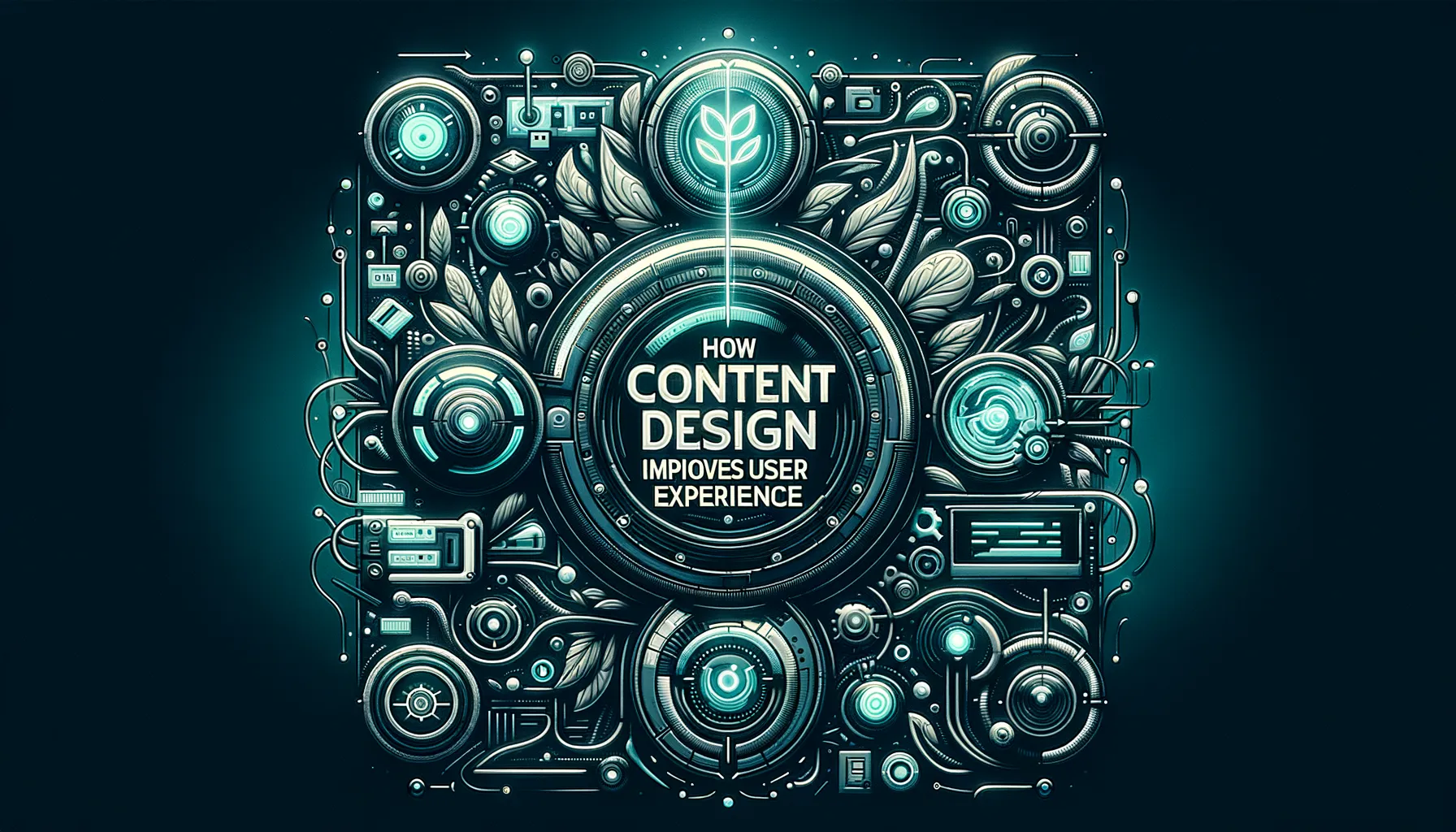Wednesday 9 April 2025, 02:41 PM
How content design improves user experience
Content design enhances user experience by focusing on users' needs, creating clear, accessible, well-organized content that guides users, improves navigation, and builds trust.
Hey there! Let's dive into the fascinating world of content design and explore how it can seriously level up the user experience on websites and apps. If you've ever wondered why some sites just feel better to use than others, a lot of it comes down to good content design.
So, what's content design anyway?
Content design is more than just writing words on a page. It's the practice of planning, creating, and arranging content to meet users' needs effectively. Think of it as the sweet spot where user experience (UX), copywriting, and information architecture meet.
Instead of asking, "What do we want to say?", content designers ask, "What does the user need to know?" It's all about empathy and understanding the user's journey.
Why is content design a big deal for user experience?
You might have the most beautifully designed website with stunning graphics and seamless animations, but if the content doesn't resonate with users, they'll bounce faster than you can say "404 error".
Good content design:
- Guides users smoothly through your site or app.
- Helps users find information quickly and easily.
- Builds trust by providing clear and concise information.
- Enhances accessibility for all users, including those with disabilities.
In a nutshell, it's the backbone of a great user experience.
Making content user-friendly is a game-changer
Ever landed on a website and felt overwhelmed by blocks of text or confused about where to click next? That's what happens when content design takes a back seat.
When content is designed with the user in mind:
- Clarity reigns supreme: Users don't have to play detective to find what they're looking for.
- Engagement skyrockets: Visitors are more likely to stick around and interact with your content.
- Conversions increase: Clear calls to action lead to more sign-ups, purchases, or whatever your goal may be.
Content design helps with navigation and usability
Imagine walking into a library where all the books are scattered randomly. Frustrating, right? The same goes for websites without thoughtful content design.
By organizing content logically:
- Navigation becomes intuitive: Users can predict where to find what they need.
- Information is prioritized: The most important stuff stands out, while less critical details take a backseat.
- User journeys are smoother: Each piece of content leads naturally to the next, keeping users engaged.
Accessibility matters (a lot!)
Content design isn't just about aesthetics and organization; it's also about making sure everyone can access and understand your content.
Key considerations include:
- Using simple language: Helps non-native speakers and those with cognitive disabilities.
- Proper heading structures: Screen readers rely on these to navigate pages.
- Descriptive link text: "Click here" doesn't cut it for users who rely on assistive technologies.
By focusing on accessibility, you're not just ticking a compliance box—you're expanding your reach to a wider audience.
Best practices to level up your content design
Ready to improve your content design game? Here are some tips to get you started:
1. Start with user research
Understand who your users are, what they need, and how they interact with your content. Surveys, interviews, and usability testing can provide invaluable insights.
2. Keep it simple
Ditch the jargon and write in plain language. If a ten-year-old can understand it, you're on the right track.
3. Structure your content
Use headings, subheadings, bullet points, and short paragraphs. This not only helps users scan content quickly but also improves SEO.
4. Be consistent
Stick to a style guide for tone, terminology, and formatting. Consistency builds trust and makes your content feel cohesive.
5. Use visuals wisely
Images, infographics, and videos can enhance understanding but make sure they're relevant and add value.
6. Test and iterate
Content design isn't a one-and-done deal. Regularly test your content with real users and refine based on feedback.
Wrapping up
Good content design is like the unsung hero of user experience. It works behind the scenes to ensure that users not only find what they're looking for but also enjoy the process. By focusing on clear, user-centered content, you're not just improving your website or app—you're building lasting relationships with your audience.
So next time you're working on a project, give content design the attention it deserves. Your users will thank you!

